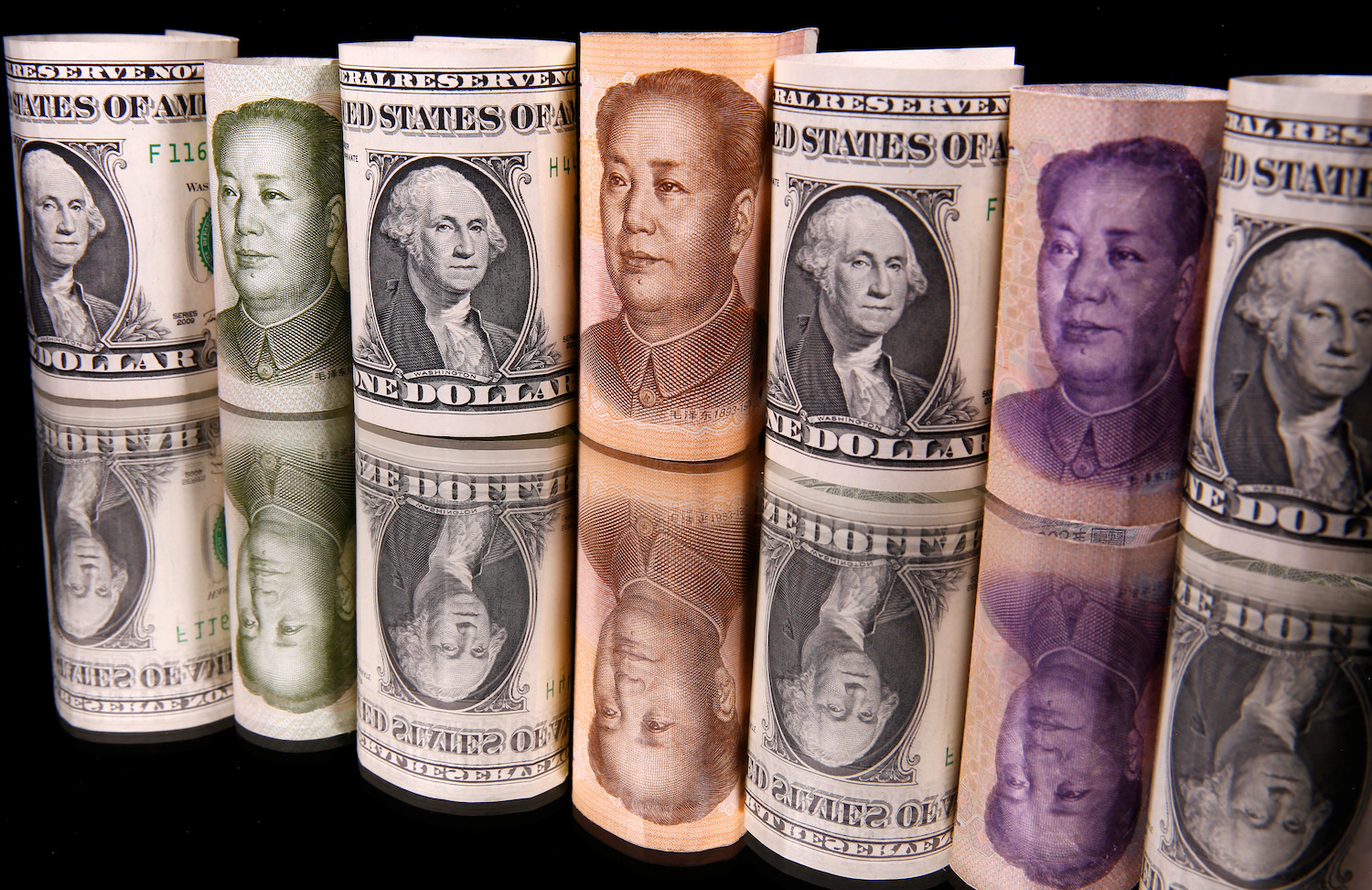(ATF) China’s central bank (PBoC), back from a week-long National Day and Mid-Autumn festival holidays, set central parity for the yuan against the US dollar at 6.7796 on Friday morning, well higher than the last pre-holiday rate of 6.8101, yet nowhere near where a holiday refreshed yuan wanted to go.
At 7pm HK time, the onshore yuan (CNY) traded at 6.7008, up a massive – for major currencies – 1.33%. It’s offshore deliverable cousin (CNH) traded mainly in Hong Kong, Singapore and London, did even better and stood at 6.6871.
These are trading levels not seen since July 2018 and left the more recent yuan highs of April 2019 behind in the dust.
Meanwhile, the USD dropped to 93.29 on the dollar index (DXY), down 0.33%.
What gives?
Nothing the least bit mysterious.
The US economy, misled by the White House and Democratic Congress, and unable to get past the coronavirus pandemic that a racist US President calls “Chinese”, is struggling. The added $1 trillion it needs to keep running at least on fumes and direct-feed half of the US population is still not forthcoming. When it does, it will add to the debt, but will do nothing to restore in-depth US economic growth. It is… well, I won’t name it, but you know … a bad show.
Services PMI up
The Chinese economy, as demonstrated by the pre-holiday PMI results for September and today’s Caixin services PMI, is moving on. Not at great strides, but well within range of pre-Covid speed.
The Caixin services PMI for September came in at 54.8, up from August’s 54.0, highest in three months. Half a billion Chinese travelled over the mid-autumn Golden Week holidays and felt free and safe to do so. There is optimism, whereas there is nothing but doom and gloom in a beleaguered White House and for tens of millions of Americans fearful that the next major virus wave will hit when the last one has in no way been conquered.
So, not much guess work is needed. The Chinese domestic economy has been restored and is picking up steam and measures under the new (since August) emphasis on domestic demand are beginning to take hold. And without massive deficit spending.
In the US, deficit spending is the only policy and will further weaken the dollar.
In direct and stark opposition to the apparently clueless currency “forecasters” at Goldman Sachs who saw the yuan at 7.25 – 7.50 to the US dollar at this point, I reiterate my forecast that the next stop of the train is the March 2018 level for the CNH of 6.26 to the USD.
























